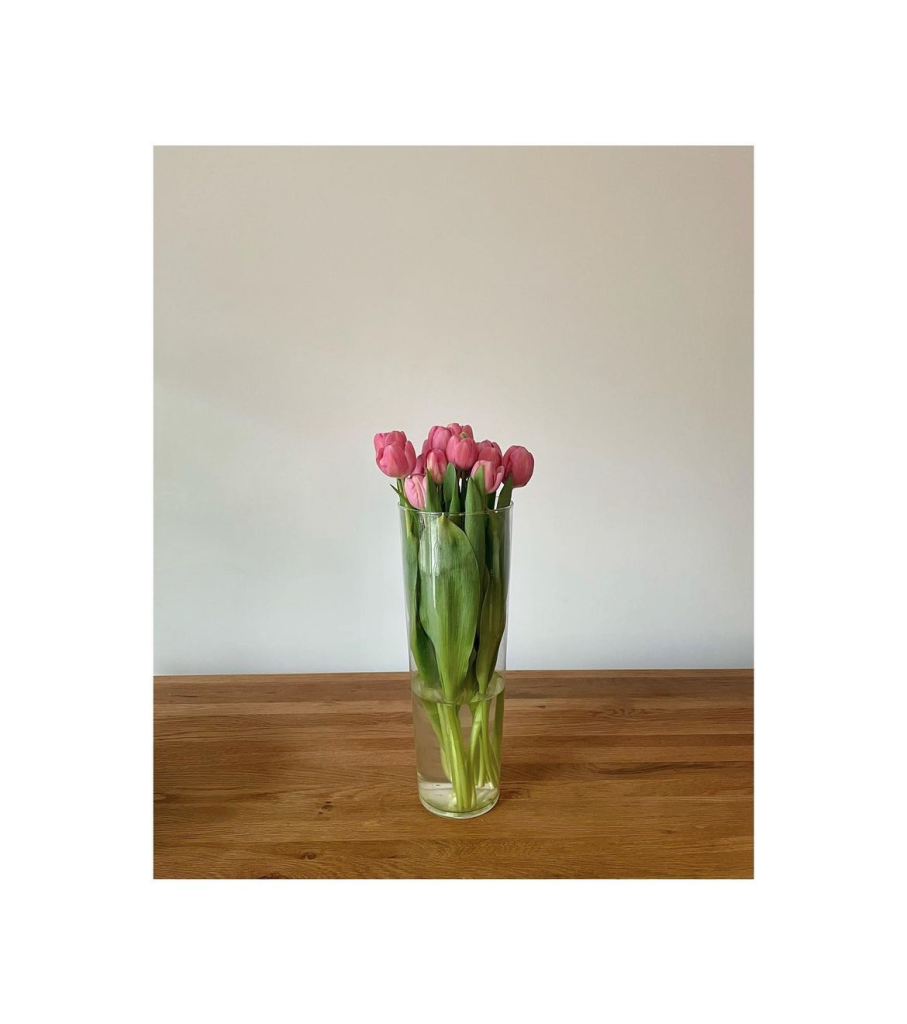
“Back to Zero:” The Artistic and Pedagogical Philosophy of Anni Albers.
By Sloane Kochman
Kochman, in her MA thesis for the Department of the History of Art and Architecture, at the university of Oregon, writes about the parallels between Alber’s art and teaching during her transition from her time as a student at the Bauhaus and a teacher at Black Mountain College, and focusses on her “back to zero” approach in terms of her individual pedagogical practice. The thesis looks at the link of Albers as student, teacher, and artist.
In the first chapter there is a focus on her time as a student at Bauhous and the aspects of her learning of which she would later use in her teaching. The second explores her teaching at Black Mountain College. And the third details the teaching environment Albers fostered for her students, using the same “back to zero” method that she used in her artistic practice.
“Albers linked her “back to zero” philosophy to the idea of going back to the fundamentals, or back to basics, through haptic activities. These activities or assignments were intended to reacquaint students with the primary human sense of touch. By bringing them back to an early childhood state, Albers’s students used their sense of touch to understand the materials they worked with and their material limitations. By fostering the process of artistic evolution, Albers’s students developed courage through understanding the materials with which they worked.” (Kochman, S, 2017).
Kochman concludes that Albers challenged traditional pedagogy and her “back to zero” philosophy flourished in post-war America, and the craft-based environment of the Bauhaus.
Bibliography
Kochman, Sloane“Back to Zero:” The Artistic and Pedagogical Philosophy of Anni Albers. MA thesis. 2017,Department of the History of Art and Architecture. University of Oregon.
